Clementine's image of the near-side of the Moon
Click on image for full size
NASA
Headlines declare (12/2/96): Ice patches seen on Earth's moon
Radar images of the Moon's surface have suggested that water exists on the Moon.
The images of the Moon's south pole region show a patch of ice
about 16 feet thick.
One theory suggests that the ice came from a comet that hit the Moon's surface
billions of years ago.
Because the Moon has no atmosphere,
comets do not burn up as they approach its surface. That means that the material
of the comet can be added to the Moon easily.
By finding water on the Moon's surface, scientists now think they could use the moon as a pit stop for
distant space trips.
You might also be interested in:
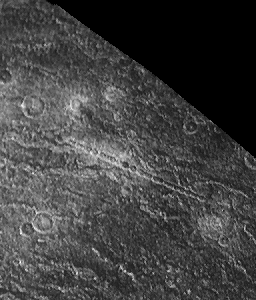
Observations such as these now suggest that moons of Jupiter have been struck in the past by strings of broken comet material such as that of comet SL-9. The craterchain shown here is found on Jupiter's
...more
Currently, the theory that best explains all the evidence is the collisional ejection theory. This theory holds that the Moon formed from debris ejected from the Earth when a large object (possibly as
...more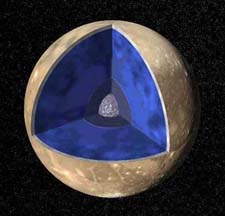
The picture shows the moon's crust, about 60=150 km thick, followed by the lithosphere, shown in blue. The moon's lithosphere is the major portion of the interior, about 1000 km thick. The moon's core
...more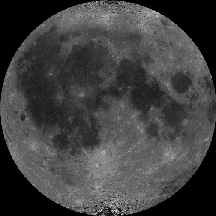
Radar images of the Moon's surface have suggested that water exists on the Moon. The images of the Moon's south pole region show a patch of ice about 16 feet thick. One theory suggests that the ice came
...more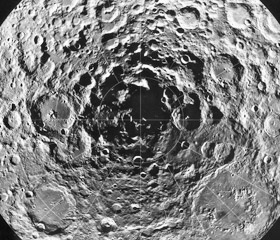
The North and South Pole of the Moon are interesting places. Some areas near the Moon's poles are almost always in sunlight. Other places near the poles are always in dark shadows. Earth is tilted on its
...more
Clouds are the pretty white fluffs you see in the sky. They are made up of tiny water drops. Sometimes, if the wind is fast enough, you can even watch the clouds move. Clouds can come in all sizes and
...more
One in a while, a tropical thunderstorm grows and grows, becoming a giant hurricane. First the storm grows a little bit. It combines with other thunderstorms and they all spin around an area of low pressure.
...more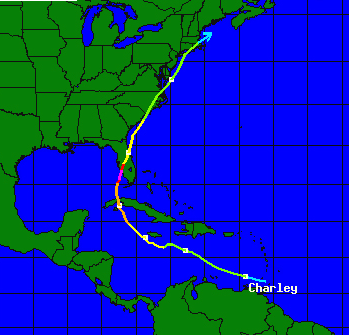
Each hurricane moves across the ocean and usually hits the land too. How do we know which way a hurricane will go? Several different things control where a hurricane goes. Global winds carry hurricanes
...more














